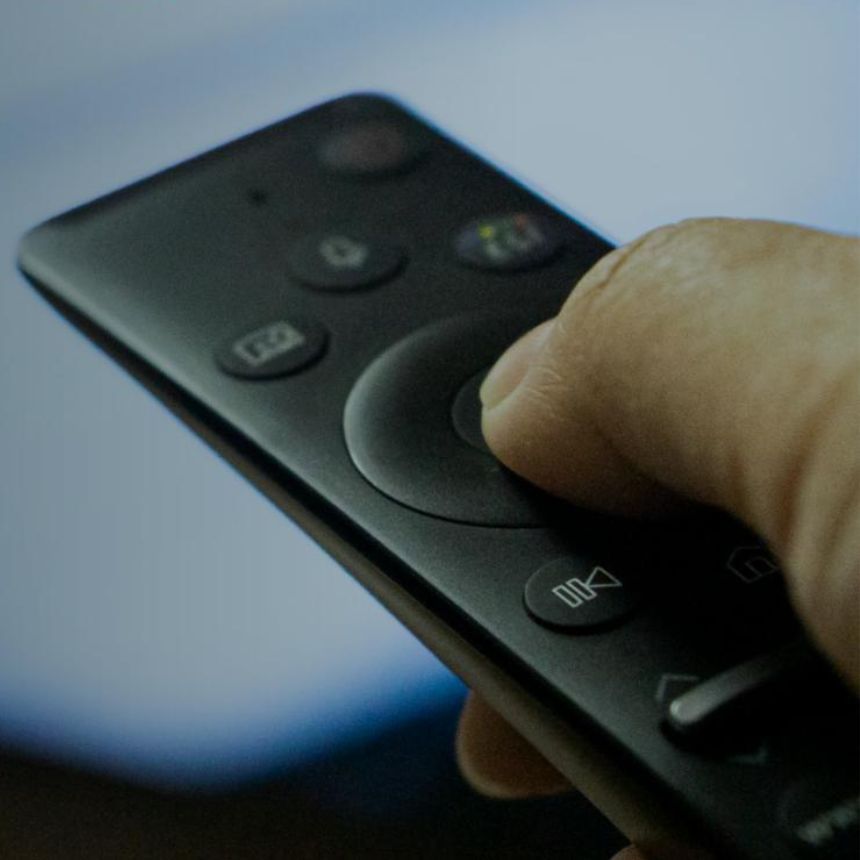Based on data and insights provided by Mattia Fumagalli, Senior Data Scientist, and Danny Rathjens Senior Director, Technical Operations at Integral Ad Science.
In today’s advertising environment, advertisers have multiple ways to reach their target audiences. From the old standard of television, to current avenues like mobile and social, there are a lot of channels to choose from. But in order to succeed in advertising today, it is imperative to understand how people consume media. This understanding allows advertisers to develop strategies that take advantage of where and when people are focusing their attention, especially as consumers are shifting to mobile and social channels.
Given IAS’s collaboration with so many advertisers’ on digital campaigns, we were able to expand on previous research by examining viewers’ internet usage while watching TV. According to eMarketer, “85% of internet users surf the web” while watching TV. While many of these are using the web to find more information about the show they’re watching or to post about it on social media (#thebachelor), 48% of millennials say they use their phone explicitly to avoid watching commercials (often by checking social media). In exploring data for two of TV’s biggest events, the Oscars and football’s most important game, IAS was able to find additional evidence that consumers are tuning out television ads in favor of the internet.
The graph below shows that during the 2018 Oscars broadcast a majority of commercial breaks, internet traffic spikes during the start of the commercials, and then drops as soon as the show starts up again. The most likely explanation? People are using their phones/tablets during commercial breaks instead of engaging with television advertising.
IAS also observed this behavior during football’s biggest game. Despite the hype, and a $5 million dollar price tag for a 30-second television spot, internet traffic still peaks during commercials, suggesting that that’s when people are more engaged with their mobile devices. However, there are few ways that the big game is unique.
First, there was this year’s “30 seconds of blackness,” where due to a brief equipment failure in the 2nd quarter, viewers saw a black screen, no ads, no game, just a black screen. Apparently, some people were so surprised that there was nothing playing, they thought their tv was broken. This explains why during this “commercial” break internet traffic actually went down as people tried to “fix” their TVs.
Second, despite viewers typically turning away from commercials, there were times where tv was compelling enough to decrease internet traffic. IAS analysis suggests that internet traffic dipped nearly 20% during Justin Timberlake’s half time performance. It turns out that even if you don’t like football or commercials, Americans like JT enough to get offline for at least 15 minutes (or maybe they were hoping for another left shark).
The first step to successful multi-device advertising is understanding where the audience’s attention is. IAS analysis finds that as audiences shift attention away from tv advertising, there are new opportunities to catch their focus on mobile. But mobile, and digital as a whole, has its own set of challenges that television doesn’t have to account for. Viewability, fraud, and brand safety risk aren’t problems typically associated with linear television but they routinely waste digital budgets and imperil brand value.
Click here to learn more about how IAS provides the data necessary to understand the impact of your mobile advertising efforts.
 Share on LinkedIn
Share on LinkedIn Share on X
Share on X


